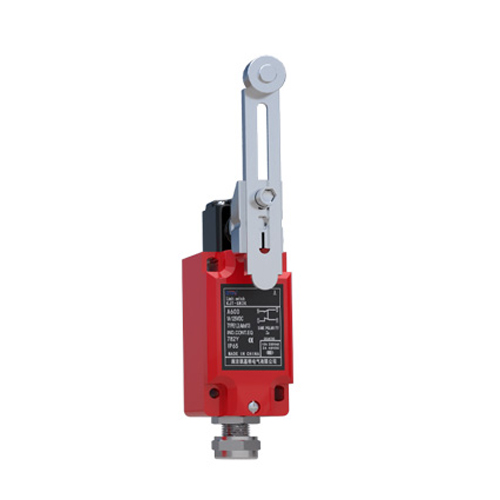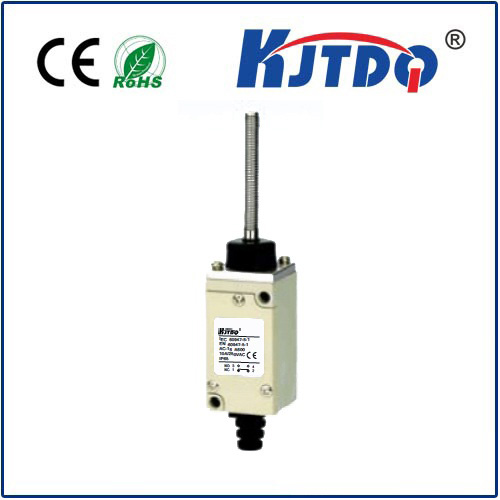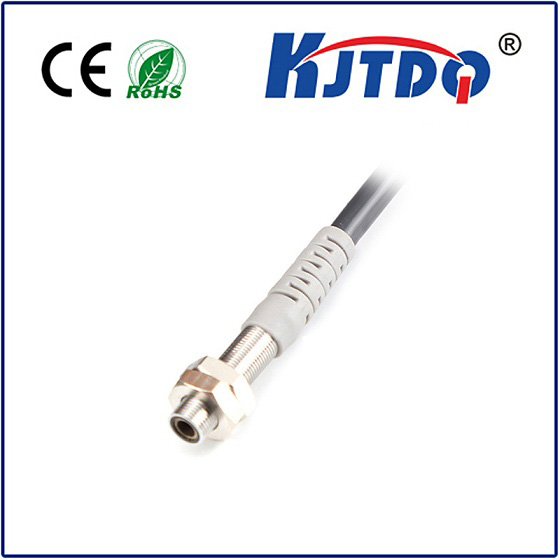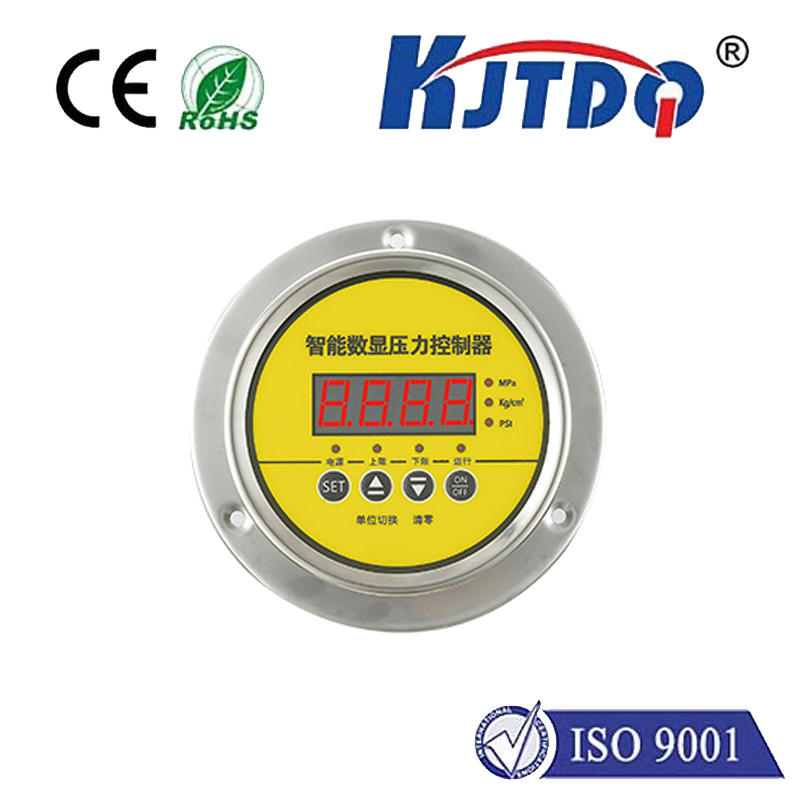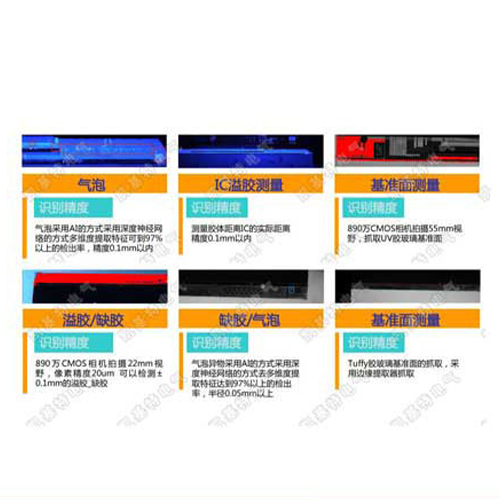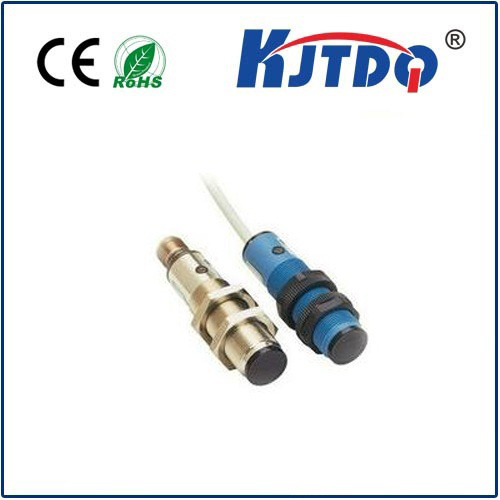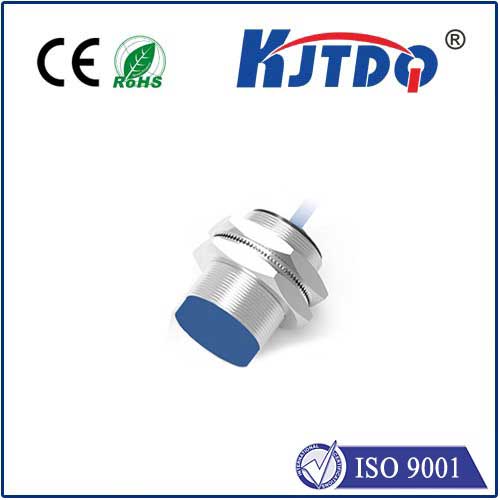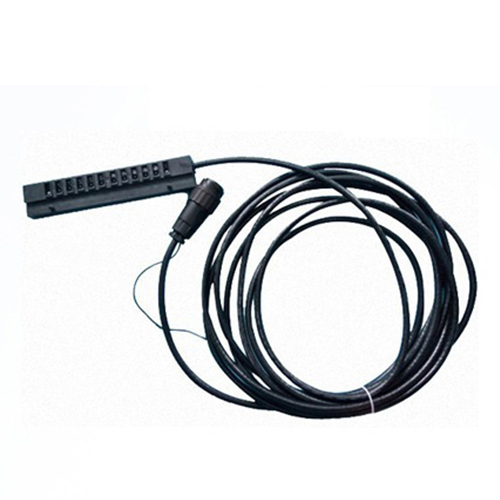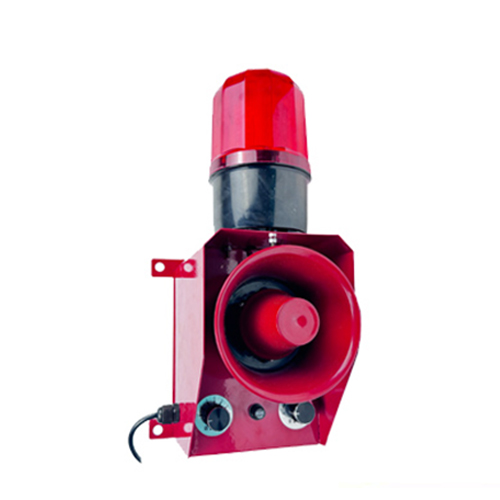высокотемпературный индукционный датчик
- time:2025-06-14 00:00:03
- Нажмите:0
Mastering Extreme Environments: The Critical Role of High Temperature Inductive Sensors
Modern industry pushes boundaries relentlessly. From jet engines roaring at thousands of degrees to molten metal flowing in foundries, environments once considered impossibly hostile now demand precise, reliable monitoring. Where traditional sensors melt, warp, or fail outright, high temperature inductive sensors step into the breach. These specialized workhorses are the unsung heroes enabling safety, efficiency, and process control in the most punishing thermal conditions imaginable.
Understanding the Core Technology: Induction Under Fire
At their heart, high-temperature inductive sensors operate on the same fundamental principle as their standard counterparts: electromagnetic induction. They generate an oscillating electromagnetic field from their active face. When a metallic target enters this field, eddy currents are induced within the target material. This interaction alters the original field’s characteristics (amplitude, frequency, or phase), which the sensor’s integrated electronics detect and convert into a clear switching signal.
The crucial difference lies in the extraordinary measures taken to ensure this delicate electronic dance survives intense heat. Standard inductive sensors, typically rated up to 70-100°C (158-212°F), falter quickly beyond this range. Their plastic housings soften, coils degrade, seals lose integrity, and electronics fry. High temperature inductive sensors, however, are engineered specifically to overcome these thermal limitations.

Engineering Resilience: How They Withstand the Heat
Surviving temperatures often exceeding 200°C (392°F) and reaching up to 400°C (752°F) or beyond requires sophisticated design and specialized materials:
- Robust Encapsulation: Standard plastics are replaced with high-temperature ceramics, specialized thermoplastics (like PEEK or PPS), or high-grade stainless steel housings. These materials maintain structural integrity and electrical insulation properties far beyond conventional limits.
- Advanced Coil Winding: The very core of the inductive element – the coil winding – utilizes high-temperature enamels, ceramics, or glass-fiber insulations. Crucially, ferrite cores, common in standard sensors, are often avoided or specially treated as they lose their magnetic properties (reaching the Curie Point) at elevated temperatures. Alternative core materials or even coreless designs are employed.
- Thermal Management & Sealing:Точностьglass-to-metal seals or ceramic-to-metal seals protect the fragile internal electronics from environmental ingress and thermal stress. Some designs incorporate unique internal geometries for air circulation or utilize specialized potting compounds with high thermal conductivity to dissipate heat away from critical components.
- High-Temp Electronics: Semiconductors and passive components specifically rated for continuous operation at extreme temperatures are essential. The sensor’s circuitry is optimized for minimal self-heating and maximum thermal stability.
Where the Heat Demands Precision: Key Applications
The ability of high temperature inductive sensors to operate reliably in extreme environments unlocks critical capabilities:
- Automotive & Foundry: Monitoring piston position near combustion chambers, detecting molds or ladles in molten metal handling (temperatures often exceed 500°C / 932°F), controlling robotic arms in forging presses, and tracking parts through paint drying ovens. Reliable detection prevents catastrophic failures and ensures process continuity.
- Aerospace & Turbomachinery: Tracking turbine blade tip clearance in jet engines, monitoring actuator positions near combustion zones, and controlling thrust reversers. These sensors endure intense heat and vibration inside engines and auxiliary power units (APUs).
- Glass & Ceramics Manufacturing: Detecting glass bottles or sheets exiting annealing lehrs, controlling conveyor movements inside high-temperature kilns, and monitoring position in forming machines near molten glass streams.
- Energy Production: Position feedback in gas turbines, monitoring components in coal-fired power plants, and detecting valve positions in geothermal or concentrated solar power facilities where ambient temperatures are extreme.
- Plastics & Rubber Processing: Ensuring precise positioning of molds and extruders in injection molding machines and vulcanization presses where ambient heat is significant.
Selecting the Right Sensor: Critical Considerations
Choosing the appropriate high temperature inductive sensor demands careful evaluation beyond just the headline temperature rating:
- Continuous vs. Peak Temperature: Understand the maximum continuous operating temperature the sensor must endure versus short-term peak exposures. Sensors designed for peaks may suffer reduced lifespan under constant high heat.
- Cooling Requirements: Can the sensor be mounted in a cooled housing or with an air purge system? Active cooling can sometimes allow sensors with lower intrinsic temperature ratings to function effectively in specific hot zones.
- Target Material: Inductive sensors react differently to ferrous and non-ferrous metals. Ensure the sensor’s specifications match the target material (carbon steel, aluminum, stainless steel, etc.) at the application temperature, as magnetic properties can change with heat.
- Environmental Factors: Beyond heat, consider vibration levels, chemical exposure (oils, coolants, acids), mechanical impact risk, and required ingress protection (IP rating).
- Electrical Specifications: Required switching output (PNP/NPN, NO/NC), voltage range, current capability, and connection type (cable, connector) must align with the control system.
- Mounting Constraints: Physical size, required sensing distance (reduced range is common at high temperatures), and mounting type (flush/non-flush) are crucial.
The Unsung Enabler of Modern Industry
High temperature inductive sensors are far more than just ruggedized versions of standard components. They represent specialized engineering solutions born from the necessity to monitor and control processes where failure is not an option. By pushing the boundaries of material science and electronic design, these sensors ensure the safety of personnel, protect valuable equipment, optimize energy consumption, and guarantee the quality of products manufactured under extreme thermal conditions. From the roar of a jet engine to the glow of molten steel, reliable non-contact position detection at extreme temperatures underpins the smooth and safe operation of countless critical industrial processes. Investing in the right high temperature inductive sensor technology is an investment in resilience, efficiency, and continuous operation where the heat is truly on.

